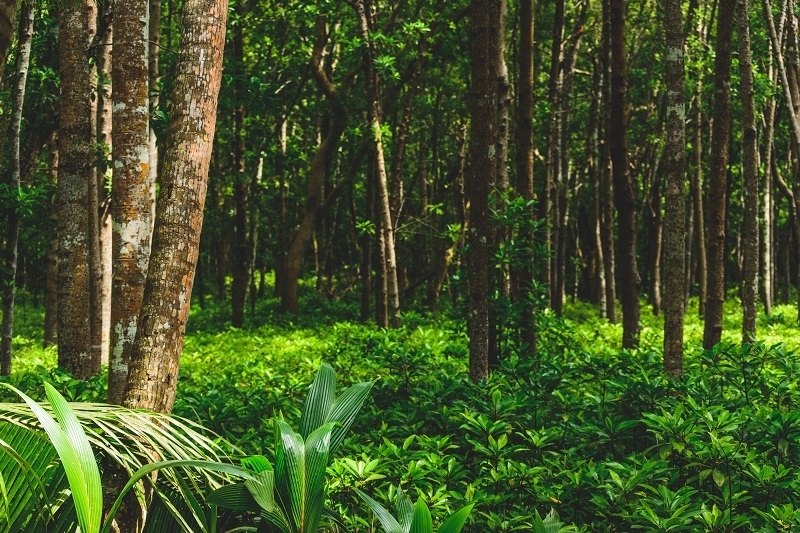Fascinating facts about extinct trees
Published: 27/09/21 By: Mike Bekin
Extinct trees are not something on everyone’s radar. As children, we are made aware of extinct animals such as the dodo, woolly mammoth and sabre-toothed cat and how they became extinct. It may be surprising to know that extinction crosses into plant and tree species, too, and we’ve been researching our lost tree species to find out a bit more about them and what makes them so fascinating. Let’s take a look at some eye-opening facts about species that are now extinct and remember how unique they were:
The Sigillaria
The Sigillaria tree is notably one of the strangest trees in history. It went extinct 383 million years ago. Before this, the sigillaria existed for around 100 million years. The Sigillaria had some pretty unique features:
- It had scales, not bark. Unlike today’s trees, the Sigillaria was covered in diamond-shaped scales.
- The tree’s base was not made up of wood but densely packed leaves instead.
- For a tree that wasn’t made of wood, it grew incredibly tall, reaching 30 meets or an impressive 100 feet.
- It reproduced with spores. Today’s trees reproduce by creating seeds. The Sigillaria grew structures with some resemblance to pine cones which would open and disperse the spores.
- The term Sigillaria tree is actually a bit misleading. It’s more closely related to the lycopsids family, making it closer to a club moss than trees!
Araucarioxylon arizonicum
A member of the conifer family Araucarioxylon arizonicum existed during the Triassic Period around 200 – 250 million years ago. This species is well known for its vast trunks. Here are some interesting facts about this ancient tree:
- The Araucarioxylon azizonicum is the state fossil of the U.S state of Arizona.
- Petrified versions of the tree can be found throughout the badlands of northern Arizona, in an area known as the Petrified National Park.
- This species was giant and could grow as tall as 60 meters
- The petrified versions of the tree are sometimes referred to as rainbow wood due to the wide variety of fossilised colours of the remains displayed.
Lepidodendron
Similar to the Sigillaria, the Lepidodendron is more closely related to club moss than trees. It has a nickname of the scale tree – given because the fossilised remains look similar to the scales of a reptile.
- The Lepidodendron had closely packed diamond-shaped leaf scars which looked similar to alligator skin.
- The petrified remains were often mistaken for the remains of giant reptiles by amateurs during the 19th century.
- Like Sigillaria, Lepidodendron reproduced through spores rather than seeds.
- The trees lived a short life, between 10 and 15 years.
Saint Helena Olive
This tree stands out not because it went extinct millions of years ago but is one of the most recent tree species to go extinct in 1994. It was native to the island of Saint Helena in the South Atlantic Ocean.
- St Helena Olive is not a member of the olive family. It is more closely related to the jujube tree.
- The last living specimen died in captivity in 2003, despite aggressive conservation efforts.
- In the 19th century, the tree became incredibly rare with only 10-15 species recorded on the island.
Looking back through history, it’s surprising how many trees have quietly become extinct. This shows us how important it is to protect the many endangered species of trees across the world today so they can be enjoyed for years to come.
